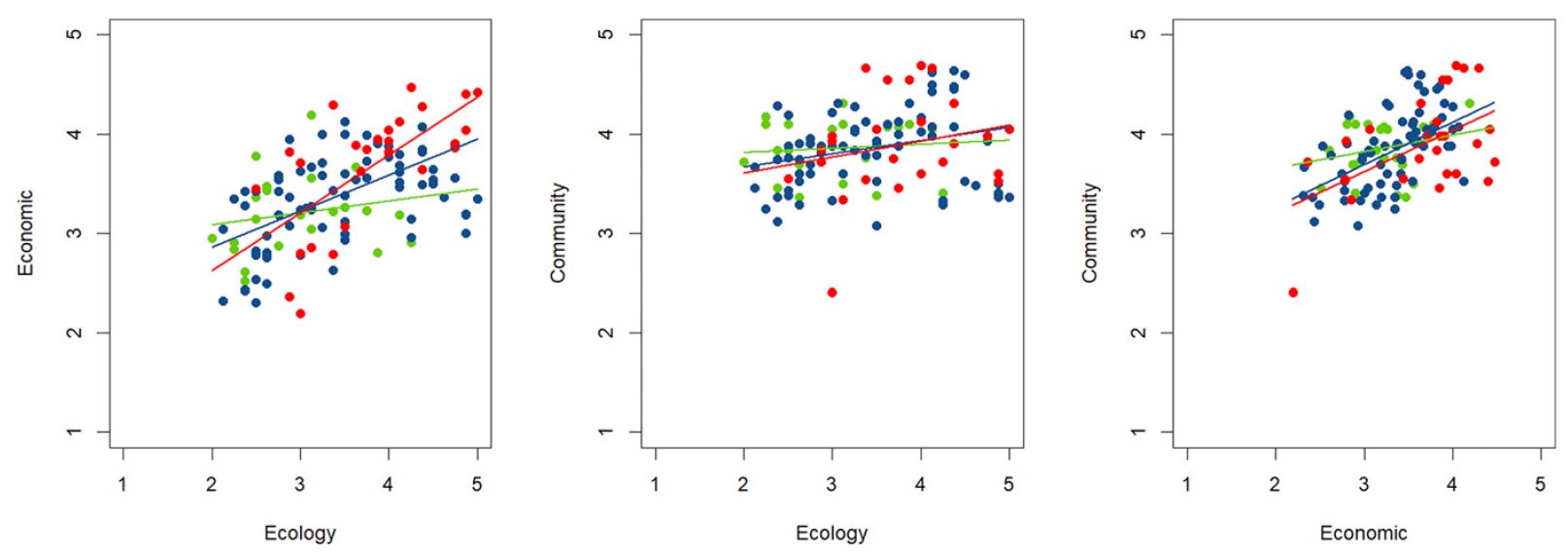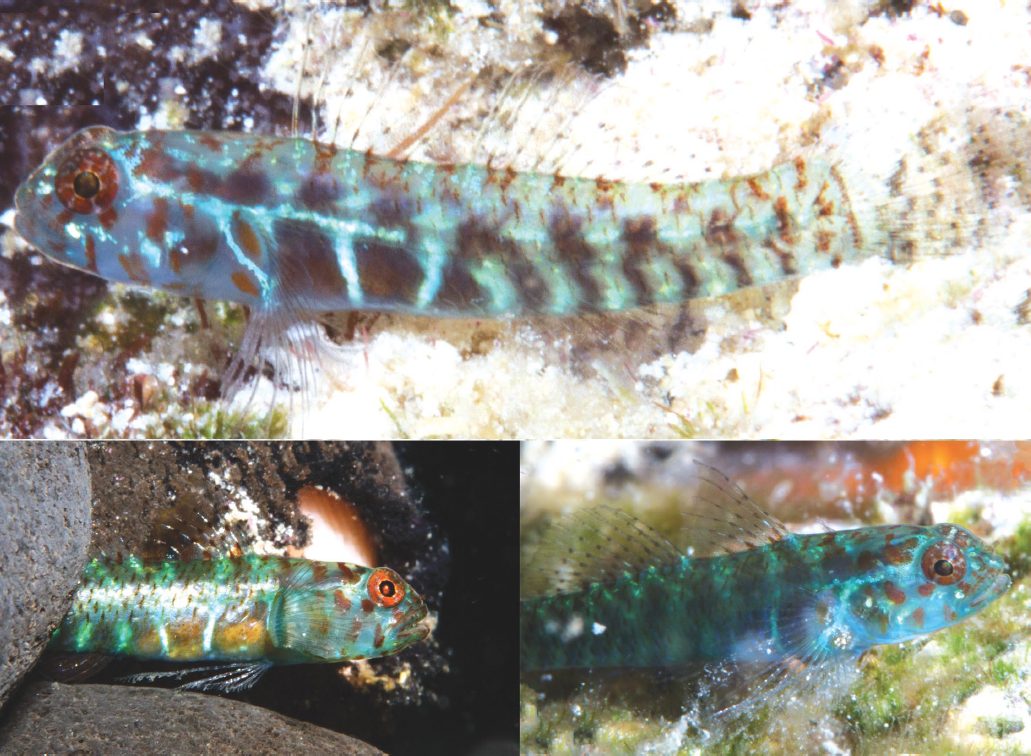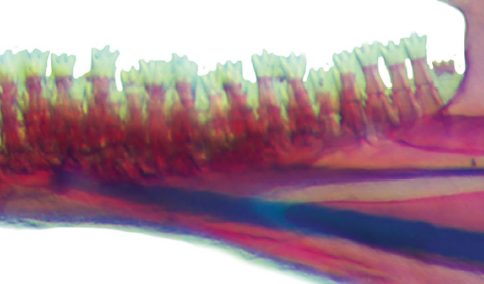Scientific surveys using fishing rods, each fishing multiple hooks, have the advantage of being able to access rocky areas while obtaining samples of fish for length and age estimation. However, in areas with lots of fish, it is possible for nearly every hook to catch a fish, resulting in an upper limit on the number of fish that can be counted. This problem of hook saturation can lead to catch rates not directly matching trends in fish abundance in the area being surveyed. A new simulation study delves into this problem, finding that catch rates do indeed decline more slowly than abundance for hook-and-line surveys, and that surveys targeting sites with higher densities of fish are able to better track changes in abundance. In addition, competition for hooks among species can lead to bias when one of the species more aggressively attacks baited hooks. Nevertheless, hook-and-line surveys fill a vital role in assessing the status of species that cannot be surveyed by other methods. The research was conducted by recently-graduated SAFS PhD student Peter Kuriyama, SAFS professor Trevor Branch, Allan Hicks of the International Pacific Halibut Commission, and John Harms and Owen Hamel at NOAA Fisheries, and appears in the Canadian Journal of Fisheries and Aquatic Sciences.








